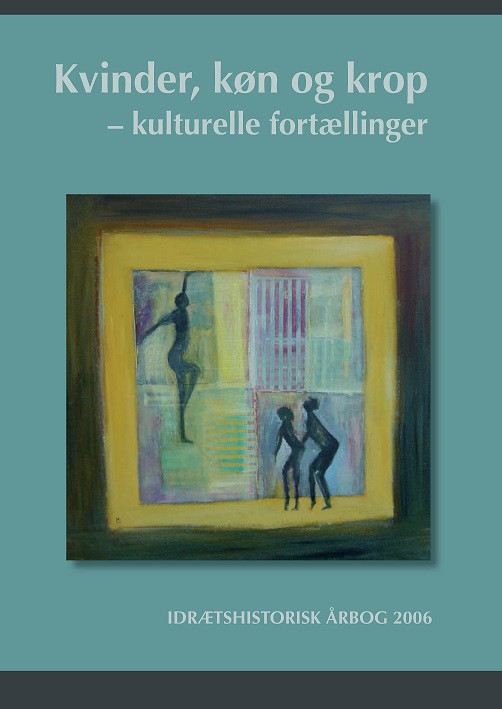Medaugymnastikkens modtagelse i det danske kvindegymnastikmiljø 1936-1941
DOI:
https://doi.org/10.7146/ffi.v22i0.31681Abstract
Artiklen præsenterer dominerende gymnastiksystemer i Danmark i årene 1936-1941, og hvordan disse vurderede den tyske gymnastikform, Medaugymnastikken.
Birgit Brink Lund: Statements concerning the Medau Gymnastics in the Danish Women Gymnastics 1936-41
This article is a short summary of a cultural analysis of how the German Medau gymnastics was judged by representatives of the Danish Women’s Gymnastics and the Nordic Women’s Gymnastics, by means of Pierre Bourdieus’s theories which will lead to an understanding of the fundamental contradictions that existed at the time. The method used in researching this topic includes an analysis of the empirical text material from articles that are written by spokeswomen from the two gymnastic systems in 1936-1941. There are three dichotomies to illustrate the important distinctions between the systems: Danish/Nordic-German: which importance it had for the judgement of Medau Gymnastics that it originated in Germany? Traditional-Modern: the tension between the cultural bearer and the cultural creator. Spirit-Body: the reasons behind practicing gymnastics. Finally I think that there is an underlying factor, which includes the view of the body practice and womanliness. Danish Women’s Gymnastics had been inspired by the different gymnastic systems and the national aspect was not emphasized in the argumentation and was not ascribed great symbolic value. There were not firm demands on the contents of gymnastics; only that the female and gymnastics aspects should characterize the exercises, and therefore certain aspects of the new gymnastics could be assimilated into the gymnastic program. Also gymnastics was judged in relationship to the development of the body. Traditionally, the Danish Women’s Gymnastics had a broad framework for the physical development and the Medau gymnastics, and the aspects of body practice were not in contradiction with their norms for womanliness. The Danish Women’s Gymnastics saw the new system as a positive challenge and chose to assimilate part of it. For the Nordic Women’s Gymnastics the national was ascribed an important symbolic value. The modern gymnastics was seen as a threat against the Nordic gymnastic culture’s established qualities as well as form, mastered emancipation and posture. They distinguished themselves from the modern by mobilizing and defending their gymnastic taste preferences and values. Also the spiritual habitus was a very important part of the gymnastic movement. The spokeswomen did not think that Medau gymnastics could enrich the Nordic Women’s Gymnastics, since Medau’s system of gymnastics and use of the body differed too much from the Nordic ideal of a woman. The Nordic Women’s Gymnastics viewed the new system as a threat against the very basis of its values and defined itself against this new system.

